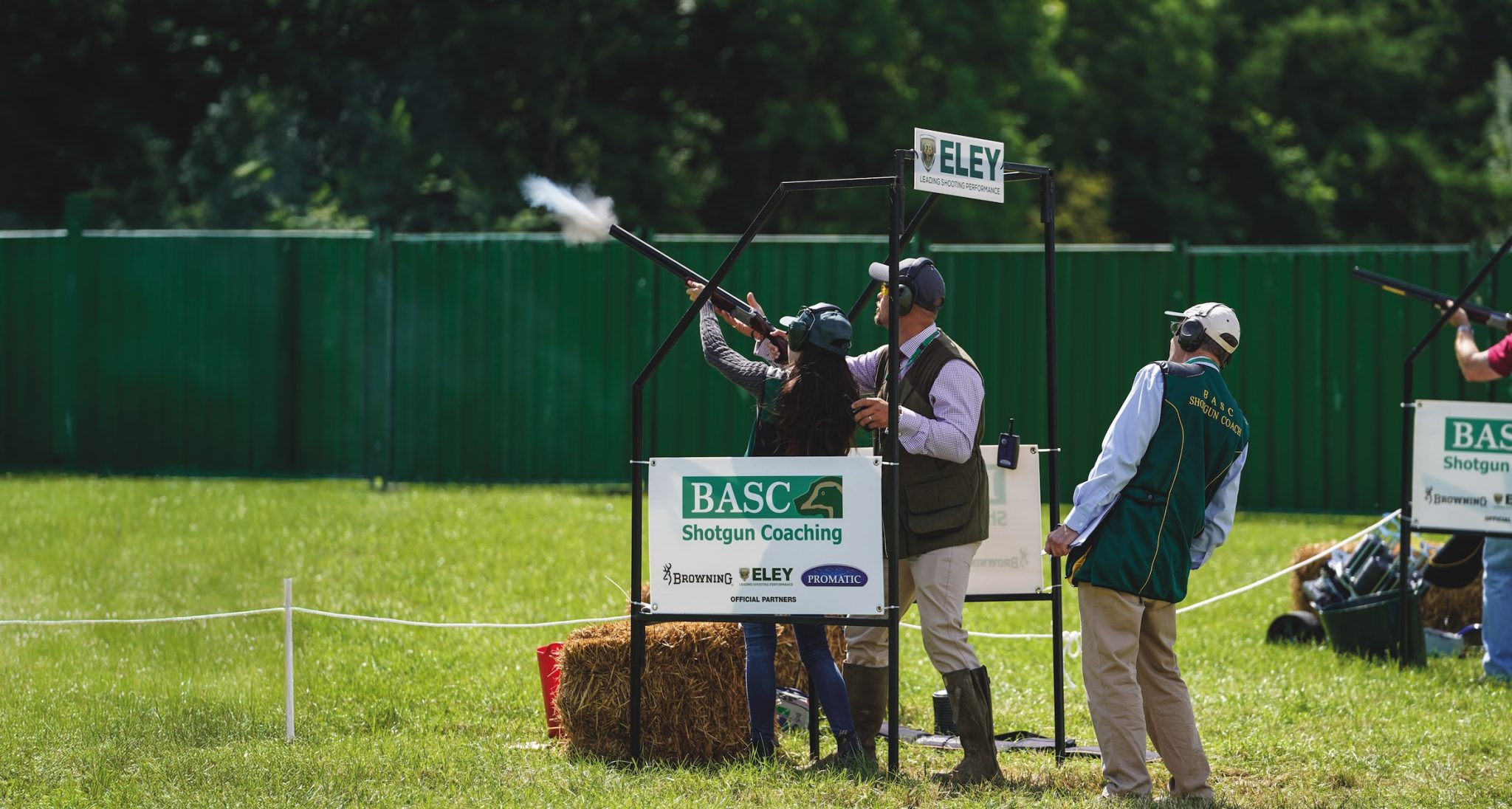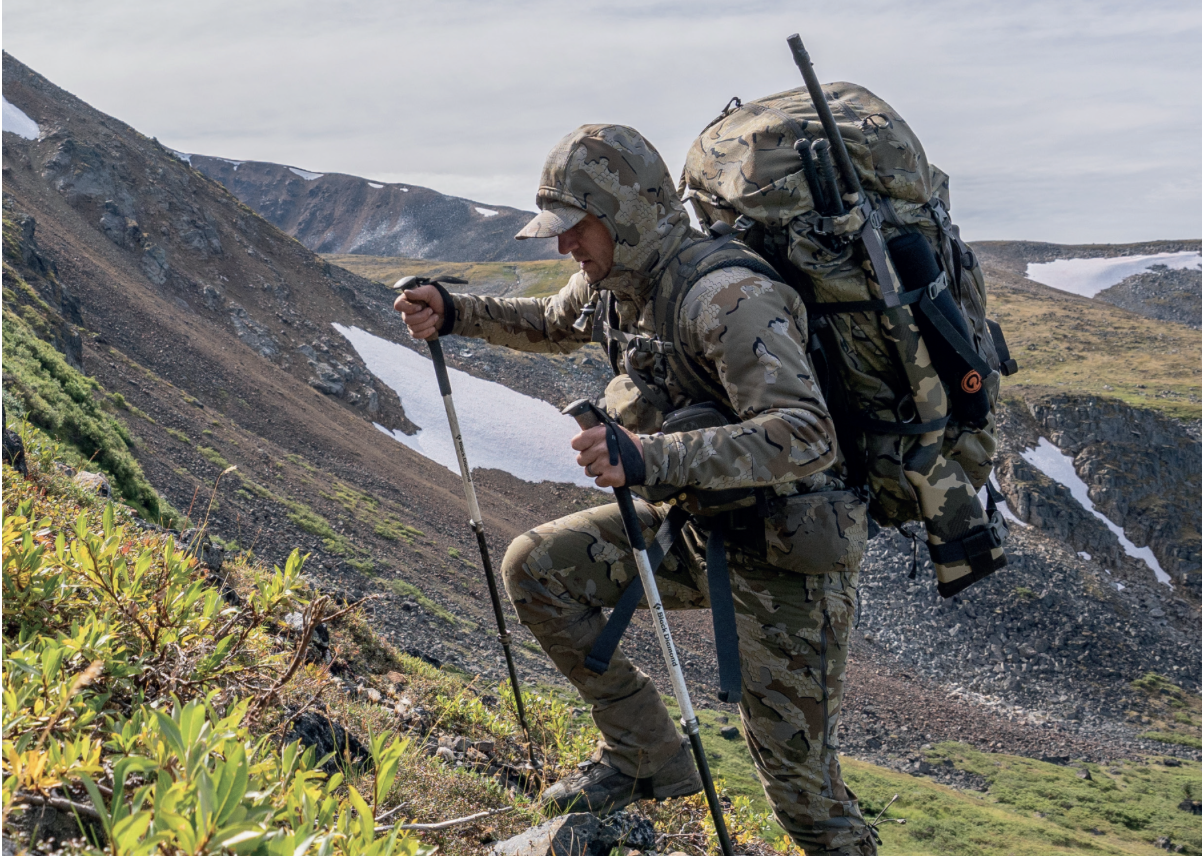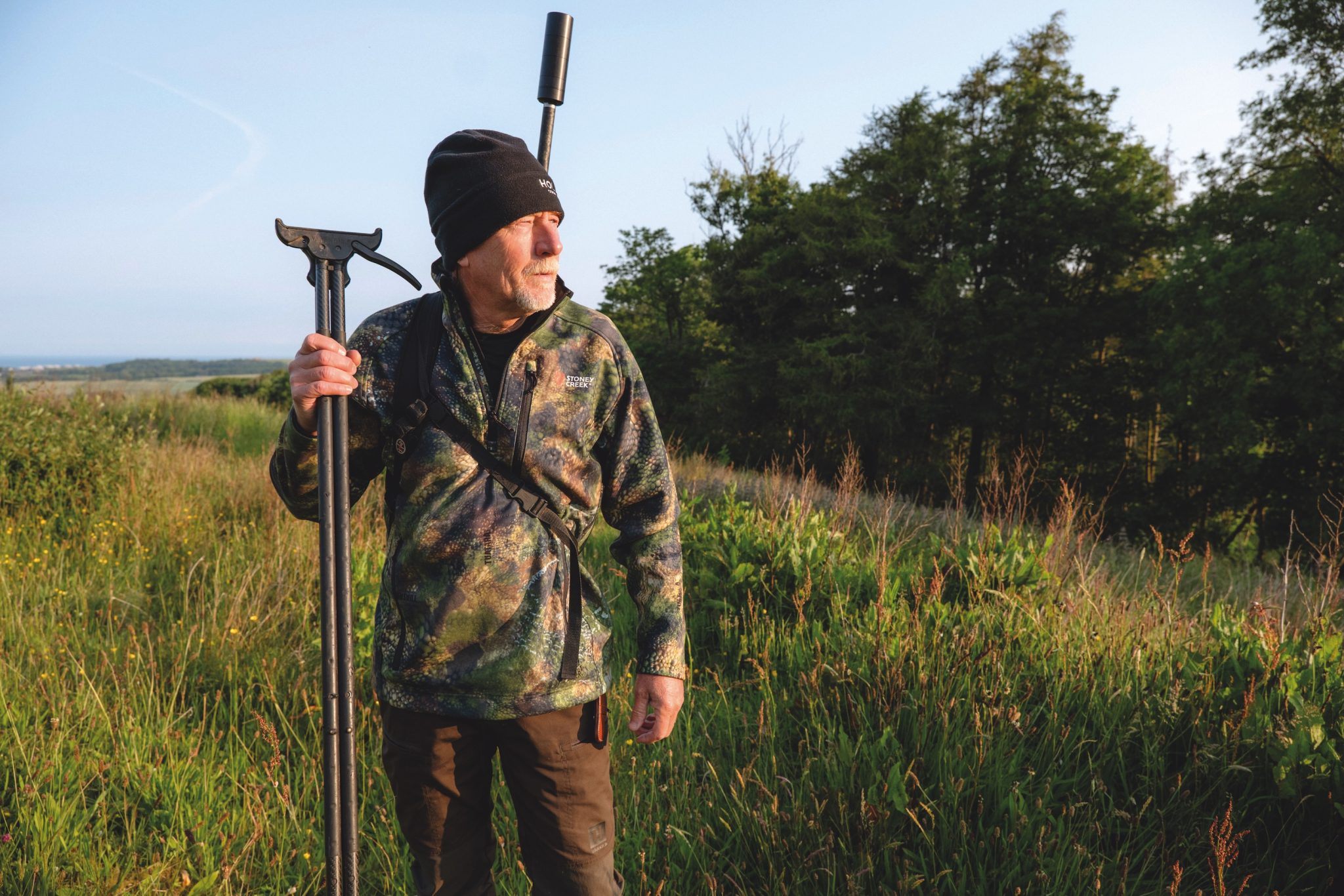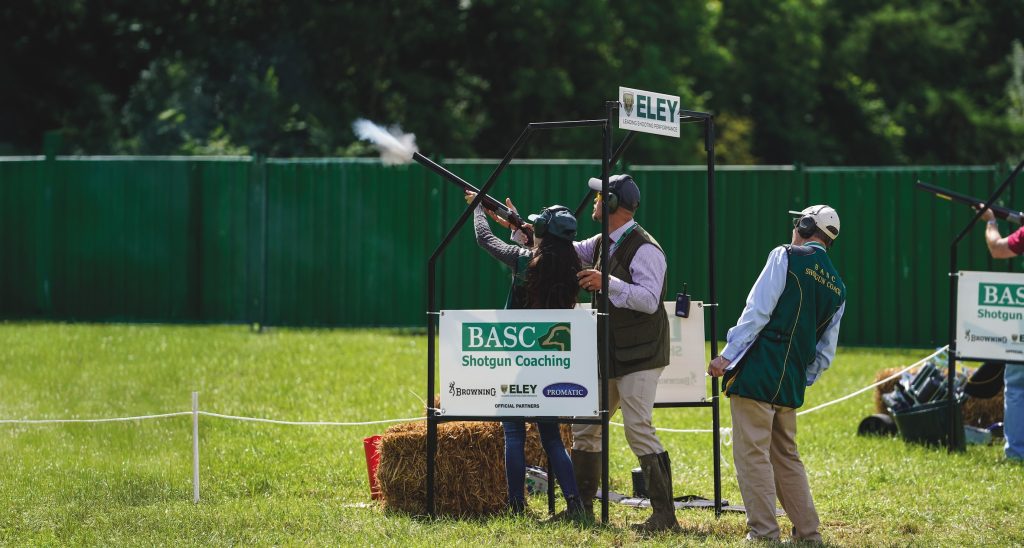News
Gamba Daytona shotgun
Would you like to speak to our readers? We offer sponsored articles and advertising to put you in front of our audience. Find out more.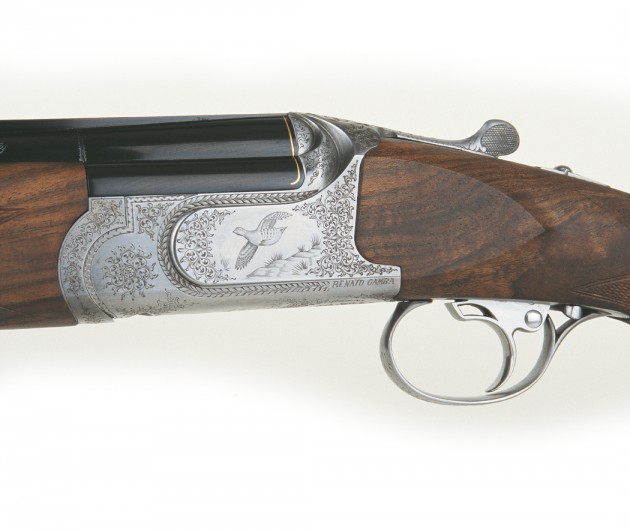
This gun is a multichoke, but fixed-choke and trap versions are also available and Gambas can be customised with extra features to order. On the American market there is a double rifle version of the Gamba, in calibres including the mighty .458 Winchester Magnum dangerous-game load. That is a measure of the gun’s strength.
A long history reaching back to the early 18th Century
The shotgun is made in the gun making area of Italy, the Gardone Valley outside Brescia by Renato Gamba, Societa ARmi Bresciane.
Gamba can trace its history back to the first half of the 1700s and the company also makes rifles and revolvers.
A specialist tool
This is a sporter, pure and simple. Buyers are unlikely to spend this much money on a specialist tool and then expect it to be a master of all forms of shooting and in fact although it is well balanced, it is rather heavy for field shooting.
If you want to investigate alternative options, look at guns offered by Perazzi and Kemen, along with the Beretta DT10.
How the Gamba Daytona shotgun works
The body of the low-profile action is precision machined from a block of hot-forged steel. The barrels hinge on stub pins, and are locked in the firing position by a Perazzi-style bolt aligned with the top of the lower barrel and locating against twin projections at the rear of the barrel monobloc. According to the makers this layout places the barrels in an optimum position for straight-line recoil, reducing muzzle flip and enhancing the shooter’s recoil recovery for speedy second-shot placement. It also makes the jointing extremely well able to absorb recoil forces.
Elaborate versions of the gun are available. However in its standard form it is offered in a black or satin silver action frame, with minimal engraving.
The drop-out trigger mechanism is released by pressing a simple button towards the rear of the action frame.
In this action, hammers are hinged at the bottom, with coil main springs retained within steel housings. With this form of construction, should a spring break it is highly likely to continue to function until it can be replaced, although it will obviously deliver slightly lighter strikes.
A precise 90 degree strike
The hammers are contoured to give a precise 90 degree strike on the firing pin heads. This gets rid of the friction and wear which can be caused by an angled strike. After firing, the hammers rebound and the firing pins retract, to allow clearance and stop the pins dragging over the primer heads when the gun is opened. Transfer to the second barrel is by a recoil-driven inertia mechanism.
Barrel selection is by a small button located in the back of the trigger blade, rather than being built into the safety thumbpiece. An adjustable trigger is available as an optional extra. Trigger pulls feel crisp, and are set at about 4lb.
Quality
The mechanism is noticeable for its quality. All parts are finished well to precise dimensions and polished to a high sheen. The exterior of the trigger group is finished with the small circle pattern known as engine turning. This not only looks decorative but forms an oil-retaining surface.
Barrels
The barrel set is of ni-cro-mo steel, an alloy containing nickel, chromium and molybdenum and is built on the familiar monobloc system. The alloy doesn’t make the barrel set “stainless’ but gives it a certain amount of corrosion resistance and great strength.
Corrosion resistance is further enhanced by internal chromium plating of the tubes, which are deeply blacked on the outside.
The tubes are chambered to take cartridges up to 70mm (23/4 in), and five choke tubes, together with a very good key, are supplied with the gun. These are long (70mm) tubes, with a very gradual taper which should throw very good patterns.
The ventilated top rib tapers from 10.5mm at the breech to 8mm at the muzzle, and has an anti-glare matted finish. Side ribs are ventilated.
Spring-loaded ejectors are fitted into the barrel monobloc, and trip when the barrels are fully open. They are retained by small discs which drop into slots.
Barrels of 30 and 32 in are available.
Walnut woodwork
The woodwork fits the metal well and is largely of well-figured walnut with a vanished finish, offering a good match between stock and fore-end.
A slim, Schnabel-type fore-end is fitted. Stock length at the centre is 14.7/8in, and the butt pad with its rounded heel is comfortable to mount.
Drops at comb and heel are 1.3/8 and 2.3/8in, and the cast at heel on a right-hander is 3/16in.
Custom woodwork is available.
Weight
The 30in version weighs 8lb 2oz, and the 32 is a little heavier.
Tested by Sporting Gun
The Daytona was tested by Sporting Gun back in December 2003 who gave it 8 out of 10 for build quality and styling and 7 out of 10 for handling and value for money. Mechanical quality and strength were particularly praised, as was the trigger mechanism and the gun’s balance.
Official Importer
Related articles
News
‘So what exactly do you lot do, then?’
You’d be surprised how many projects staff and volunteers deliver, as well as BASC’s vital work helping members, says Conor O’Gorman
By Time Well Spent
News
Anti-grouse shooting petition crushed by MPs who don't even shoot
Wild Justice's petition to ban driven grouse shooting was quashed in Westminster Hall yesterday, with all but one MP opposing the ban
By Time Well Spent
Manage Consent
To provide the best experiences, we use technologies like cookies to store and/or access device information. Consenting to these technologies will allow us to process data such as browsing behavior or unique IDs on this site. Not consenting or withdrawing consent, may adversely affect certain features and functions.
Functional Always active
The technical storage or access is strictly necessary for the legitimate purpose of enabling the use of a specific service explicitly requested by the subscriber or user, or for the sole purpose of carrying out the transmission of a communication over an electronic communications network.
Preferences
The technical storage or access is necessary for the legitimate purpose of storing preferences that are not requested by the subscriber or user.
Statistics
The technical storage or access that is used exclusively for statistical purposes.
The technical storage or access that is used exclusively for anonymous statistical purposes. Without a subpoena, voluntary compliance on the part of your Internet Service Provider, or additional records from a third party, information stored or retrieved for this purpose alone cannot usually be used to identify you.
Marketing
The technical storage or access is required to create user profiles to send advertising, or to track the user on a website or across several websites for similar marketing purposes.

